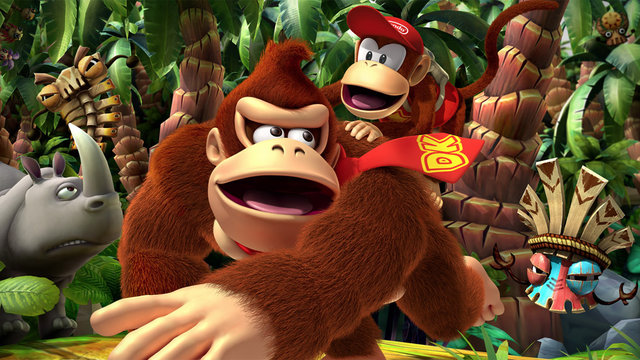NPD Group, the firm that has been tracking game industry sales for many years, would normally have reported the May sales figures last Thursday. Because of E3, NPD delayed release of the numbers until Monday, which was a good idea given the grim numbers. NPD reported that game software sales (the combined sales of console, portable, and PC software) at U.S. retail stores dropped 44 percent in May compared to May 2012. Last year, May saw $517 million in total sales, and this year the amount dropped to $386.3 million.
The news was somewhat better for hardware, since sales of video game hardware only dropped 31 percent (from $139 million to $96 million), while accessories turned in a stellar showing by only dropping 6 percent over last year (from $122.5 million to $115.3 million). Notably, this May accessories were outselling consoles.
The top 10 games (counting only physical copies sold at retail) were led by Injustice: Gods Among Us from Warner Brothers Interactive, while Call of Duty: Black Ops II was in second place. Donkey Kong Country Returns was number 3, showing the strength of 3DS software. “Nintendo 3DS software unit sales were up sixty percent versus May ’12, and when looking at the game ranking based on SKUs, there were three 3DS SKUs in the top 10,” noted NPD.
NPD added some additional information in their remarks, noting that these sales numbers were roughly 50 percent of the total consumer spend on games. “When taking into account our preliminary estimate for other physical format sales in May such as used and rentals at $91 million, and our estimate for digital format sales including full game and add-on content downloads including micro-transactions, subscriptions, mobile apps and the consumer spend on social network games at $339 million, the total consumer spend in May is $787 million,” said The NPD Group’s Liam Callahan.
The explanation for the decline was, according to NPD, is a lower neumber of new titles and the comparison with Diablo III last year, which was selling strongly in May. “Softness in new physical entertainment software sales stemmed from a decline in the number of new launches, with over 30 percent fewer new SKUs, as well as poor performance of the new SKUs that were released. New SKUs generated over seventy percent less units on a per-SKU basis, and a decrease of over eighty percent revenue per SKU,” noted Callahan.
It is important to note that NPD’s estimates of non-physical game sales do not have the same degree of certainty found in the retail numbers. A handful of companies account for almost all the physical retail sales. By contrast, the number of companies selling digital games is vast, and most of them are not public companies — hence not likely to reveal confidential sales information.

Still, it’s perfectly clear that retail sales of boxed games are in decline, and have been since the high point of 2008. The industry is looking to new consoles, as well as price cuts on old ones, to revive sales of consoles and games to the previous high point. Certainly that would be great for many companies, but most analysts seem to agree that consoles sales are unlikely to reach the previous heights. They are now too many alternative ways for gamers to get their gaming fix, whether it’s on a PC, mobile or online. There are also a growing number of free-to-play games, and tablets at reasonable prices (comparable to consoles) that can be used for a variety of functions besides game playing.
Don’t expect sales at retail to turn around any time soon. When Grand Theft Auto V ships in September, then you can logically expect a good sales month. The rest of the year from that point will be loaded with new consoles, a dizzying array of software, and a tremendous marketing spend aimed at driving people into stores to buy all these marvelous things. There will be a solid lineup of exciting things to buy; the only downside appears to be more competition for the game buyer’s dollar, and the purchase of a $400 or $500 console may leave them with less to spend on games.

